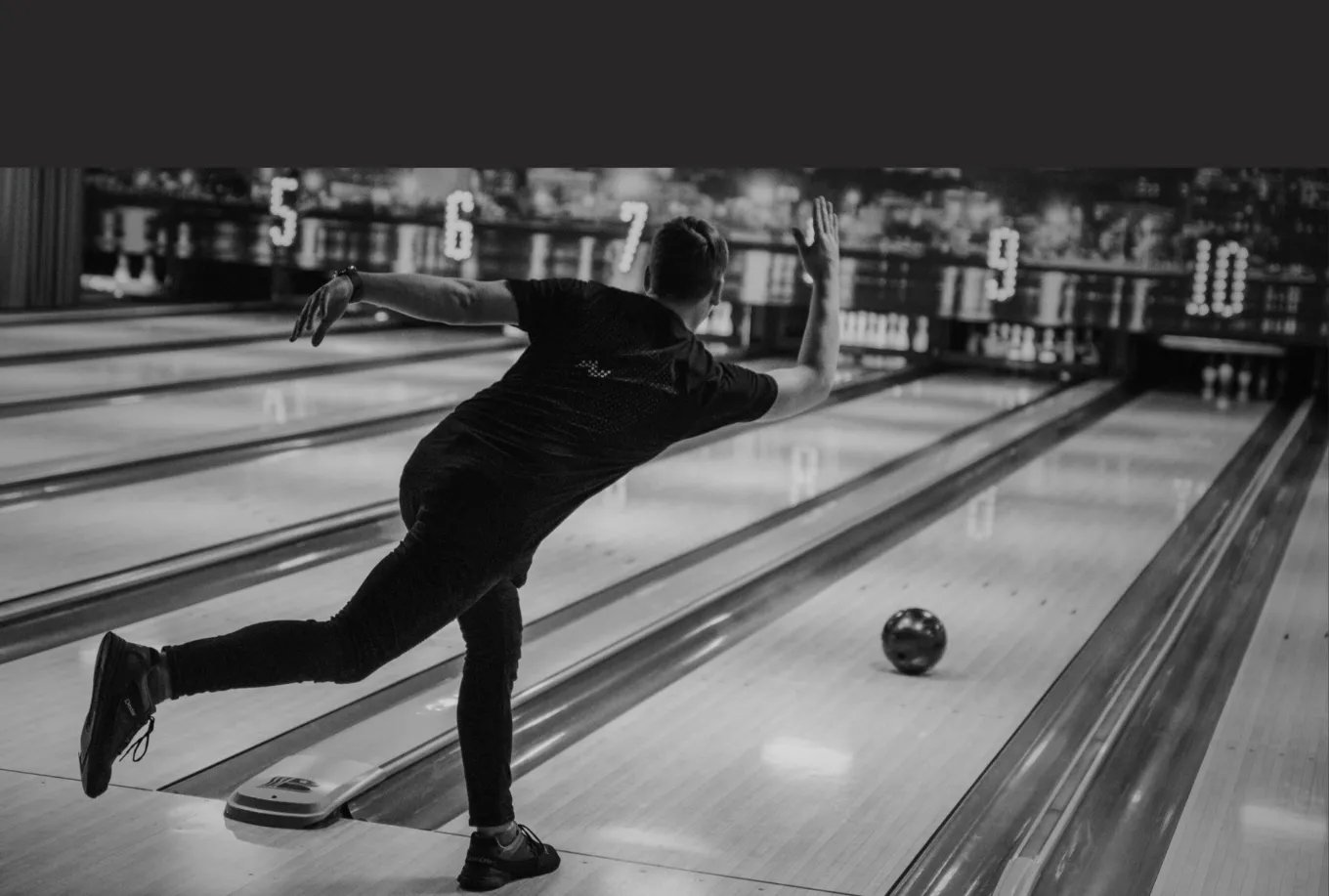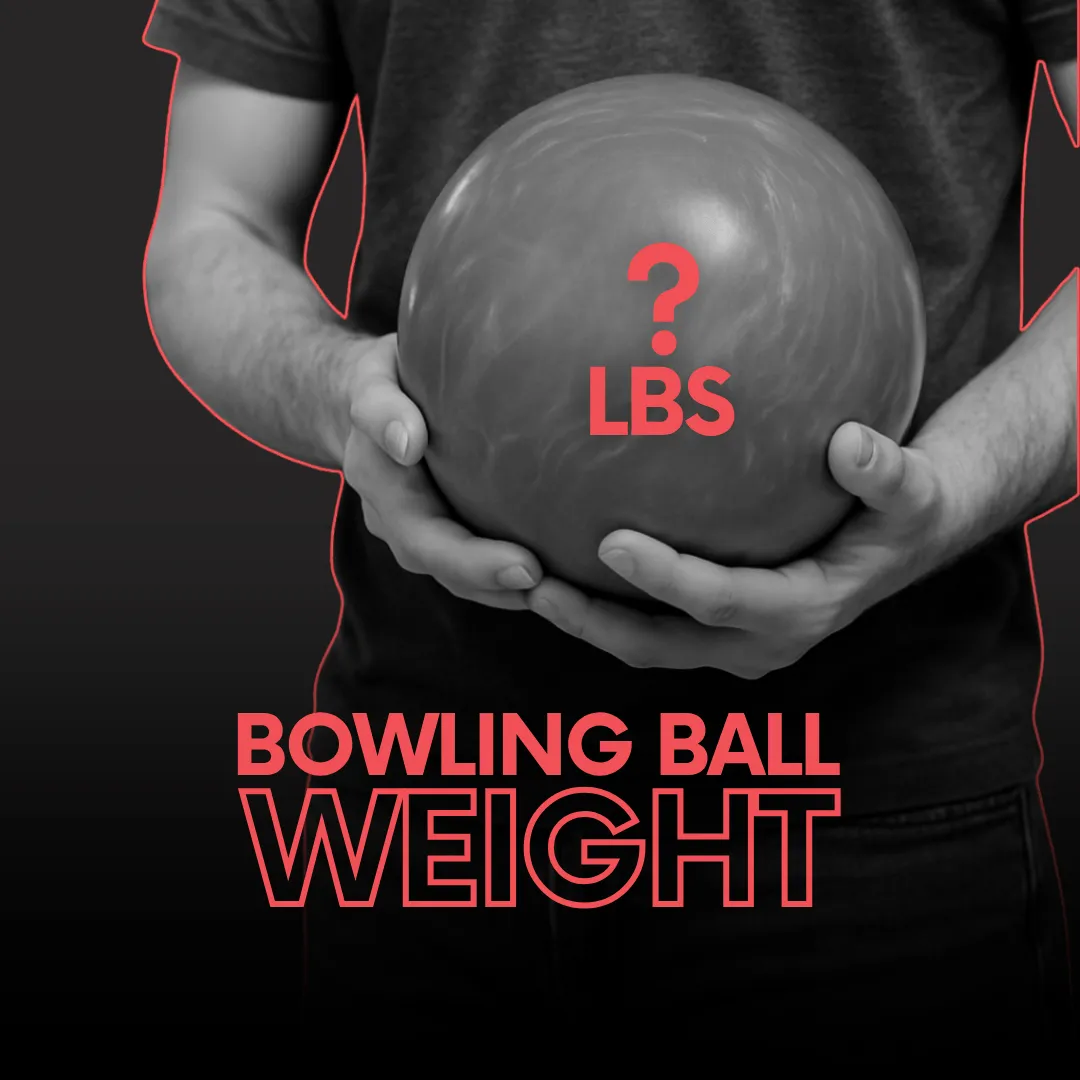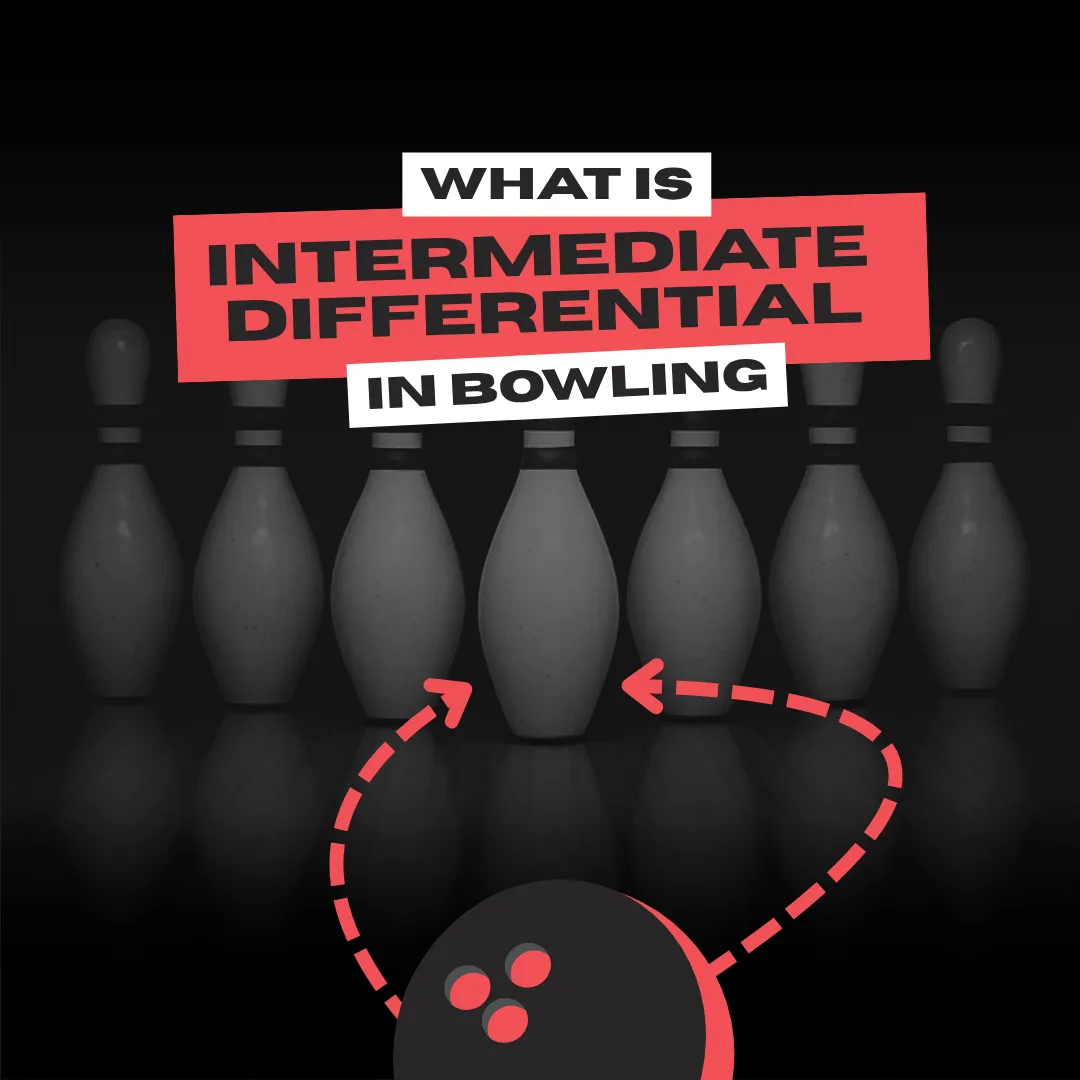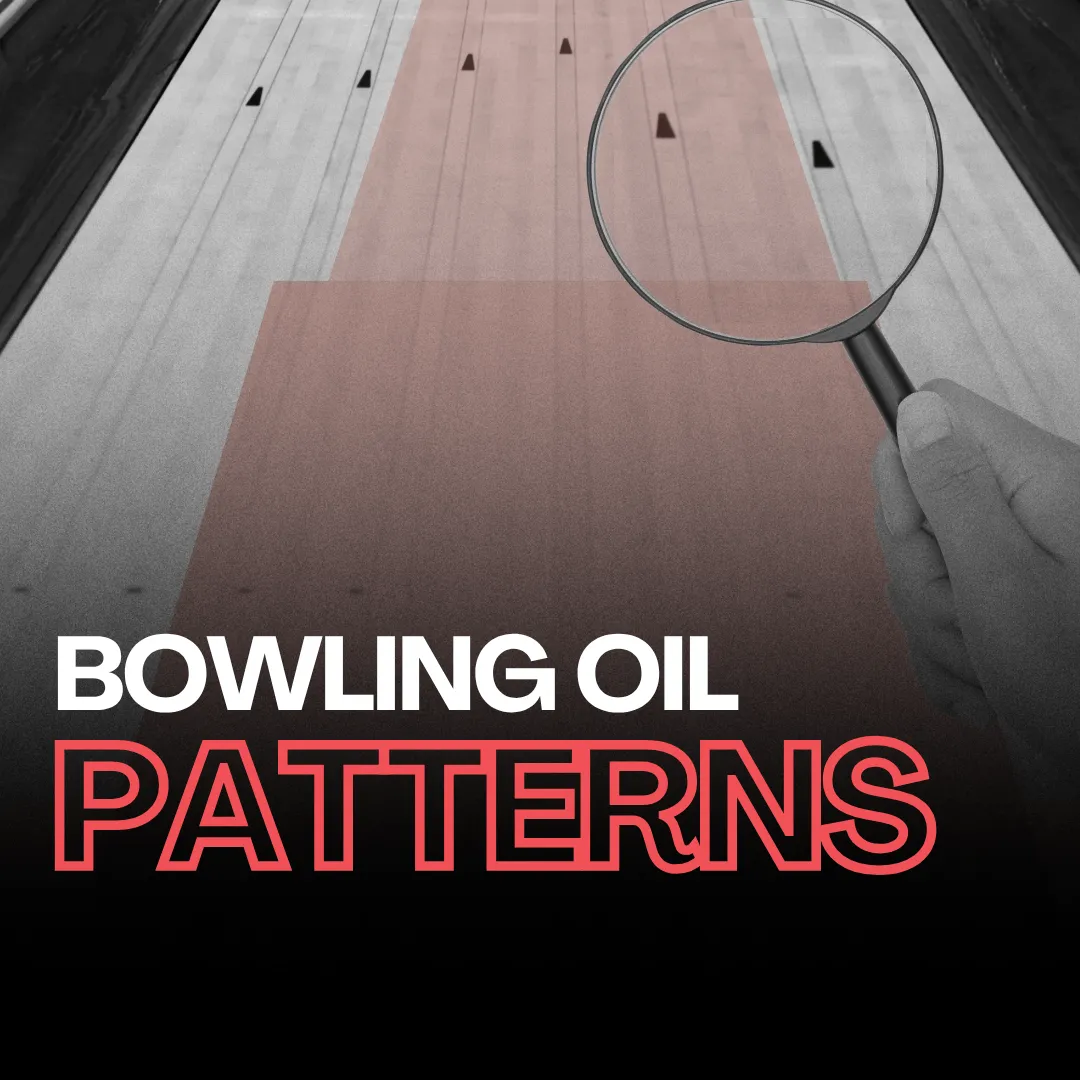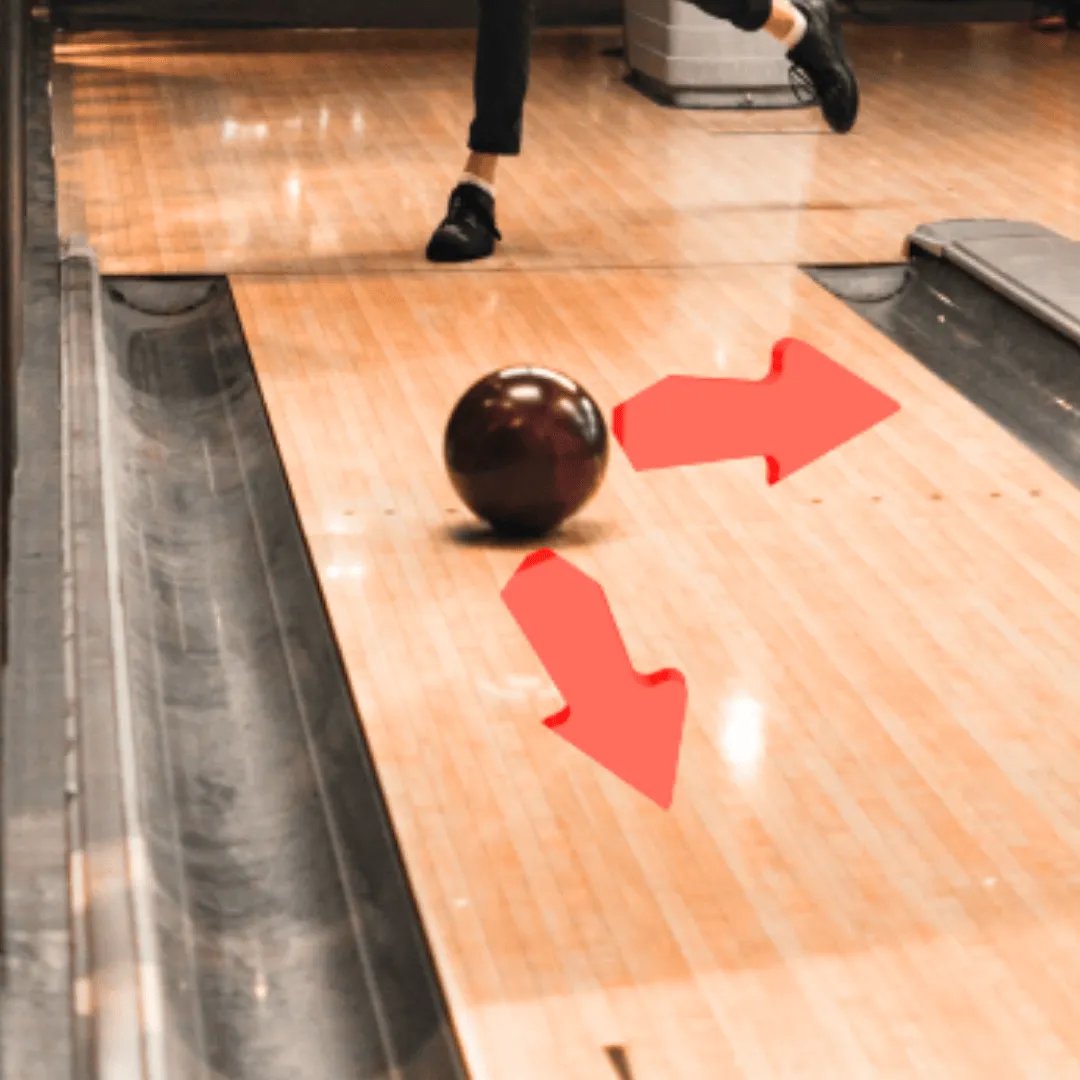If you ask this question, you might want to take the next step and improve your bowling game. And it is a good thing - spinning a bowling ball is better than throwing it straight. If you're going to spin a bowling ball like a pro, you must master the proper grip and technique. Oh, and you need some practice and patience as well! Remember - it will pay off. Soon you will be striking out your friends at the bowling alley.
How to curve a bowling ball?
Now, there are a lot of variables that go into hooking the ball today. You can make a shot two-handed, one-handed, with or without a thumb.
No matter how you perform your shot, the key element to spin a bowling ball is keeping your hand under the ball when you throw.
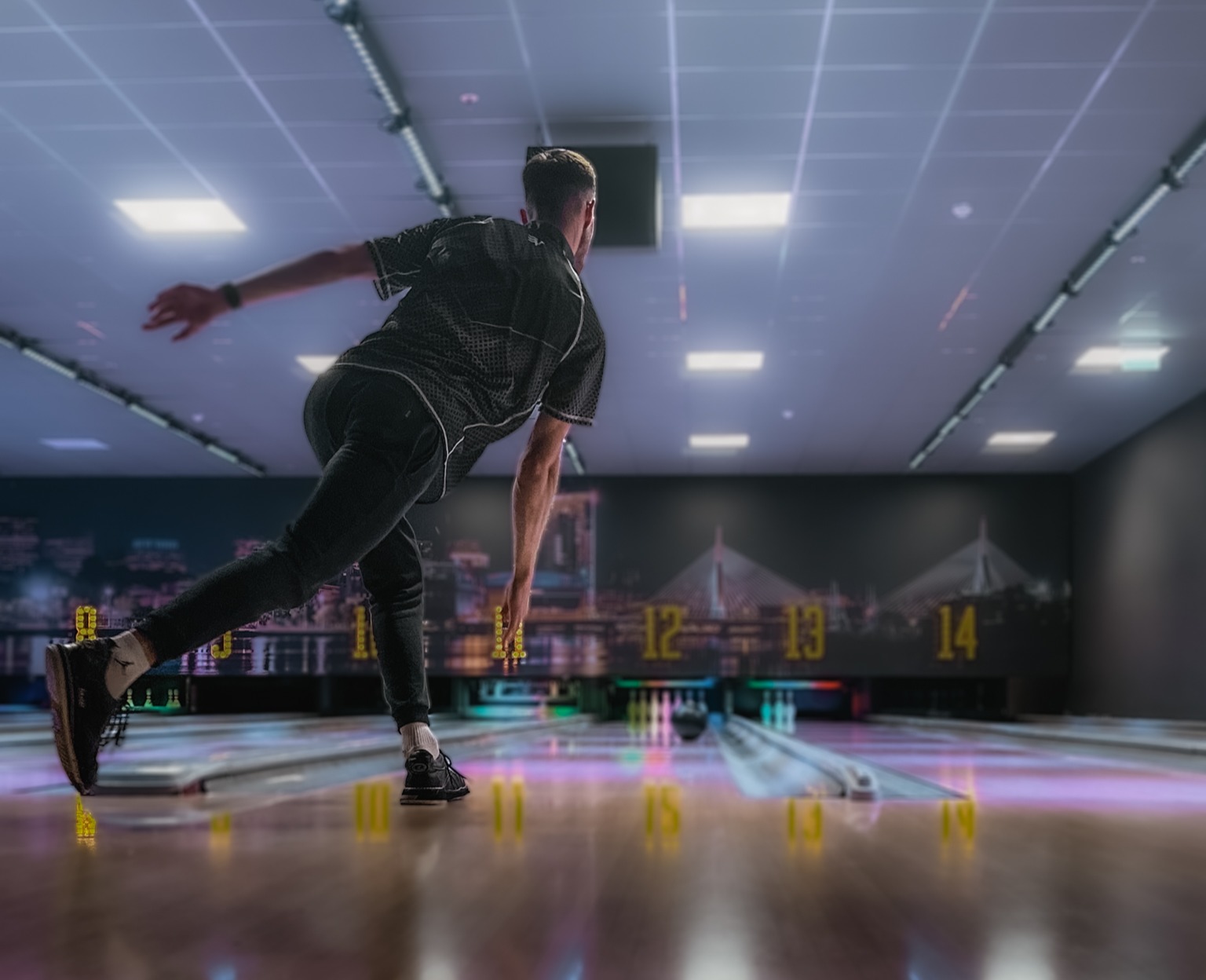
To help you master an element of making a ball hook, we made a list of steps you need to take:
- Start near a foul line. This way, you will eliminate all the other steps in the approach, and it helps to focus primarily on the release.
- Now, make a swing and when your bowling ball approaches your ankle, slightly rotate your palm so it is on the side of the ball.
- If you do everything correctly, your thumb will exit the bowling ball first, and all the rotation will be created by your middle and ring fingers.
- Repeat the process several times, and observe the motion of a bowling ball.
Choosing the right bowling ball for hook
When it comes to curving a bowling ball like a pro, the type of ball you use plays a significant role. Professional bowlers often rely on high-performance balls designed to maximize rotation and hook potential. While it's possible to achieve a nice spin with alley balls, investing in a personal bowling ball can significantly enhance your ability to hook the ball.
Consider factors such as the surface material of the ball. Reactive resin balls, with their enhanced friction on the lane, are particularly effective for creating a powerful hook. Urethane balls, known for their predictability, also offer a reliable spin. Understanding the nuances of these different materials can empower you to choose a ball that complements your spinning technique.
Moreover, the weight and fit of the ball are crucial. A ball that feels comfortable in your hand and suits your strength level will allow for better control and, consequently, improved spinning capability. Don't overlook the importance of finger hole placement and size, ensuring a snug fit for a consistent release.
We've picked the best bowling balls for hook, take a look!
Fine-tuning your hook technique
Now that you've considered the right bowling ball and made your first shots with a nice spin to it, let's delve into refining your spin technique even further. Beyond the initial steps mentioned, focus on maintaining a consistent approach and release. Experiment with the angle of your wrist and the degree of rotation, as these factors can significantly impact the ball's path.
Engaging in targeted practice sessions will further improve your spinning skills. Try adjusting your starting position on the approach, experimenting with different angles and positions to find what works best for you. Consistency is key, so pay attention to the finer details of your technique during each throw.
Curving a bowling ball like a pro
Spinning a bowling ball is a skill that combines proper technique, the right equipment, and dedicated practice. Whether you're honing your spin with alley balls or investing in a professional-grade bowling ball, the key is to stay persistent and patient. With time and effort, you'll find yourself effortlessly adding spin to your shots, outshining your friends on the lanes. Stay tuned for more advanced tips and tricks to elevate your bowling game to the next level!
FAQ
Can I achieve a good spin with the bowling balls at my local alley?
Yes, you can certainly achieve a decent spin with alley balls. However, professional-grade bowling balls, with their specific design and materials, offer enhanced spin potential. Investing in a personal bowling ball tailored to your preferences can significantly elevate your spinning capabilities. We've picked the best bowling balls for hook, take a look!
What is the best type of bowling ball for achieving a powerful spin?
The best type of bowling ball for a powerful spin depends on various factors, including the surface material. Reactive resin balls are known for their excellent friction on the lane, providing a strong hook. Urethane balls offer predictability and reliability in achieving a spin. Experimenting with different materials will help you find the one that suits your spinning technique.
How important is the weight and fit of the bowling ball for achieving a good spin?
The weight and fit of the bowling ball are crucial for achieving a good spin. A ball that feels comfortable in your hand and matches your strength level allows for better control and, consequently, improved spinning capability. Pay attention to the finger hole placement and size to ensure a snug fit for a consistent release.
Can I practice my spin technique with any bowling ball, or do I need a specific type?
While you can practice your spin technique with any bowling ball, using a ball with the same characteristics as the one you plan to play with regularly can be more beneficial. This allows you to get accustomed to the specific feel and behavior of the ball, enhancing your muscle memory and consistency.
How long does it take to master the art of spinning a bowling ball?
The time it takes to master the art of spinning a bowling ball varies from person to person. Regular practice, coupled with a focus on refining your technique, can expedite the learning process. Stay patient, be persistent, and enjoy the journey of improving your bowling gme.
